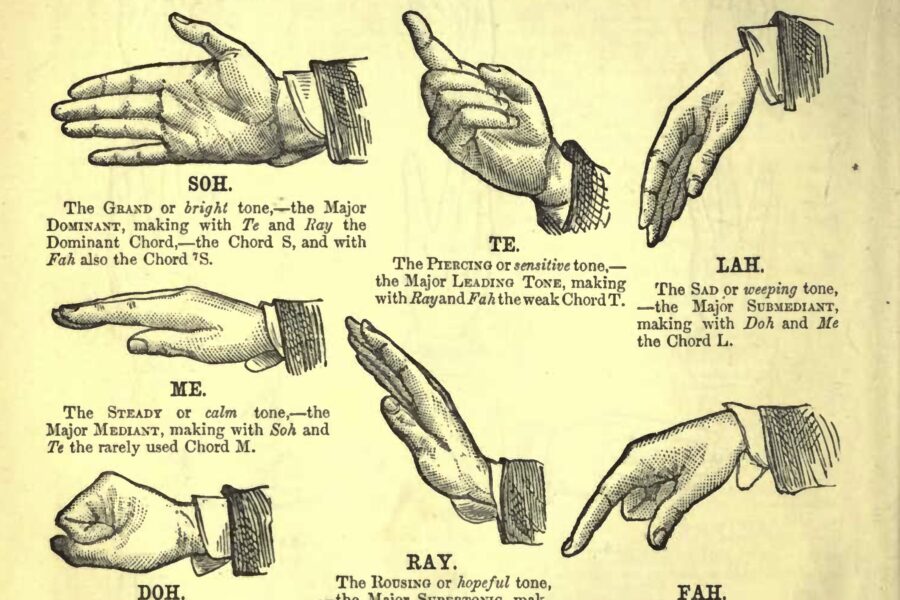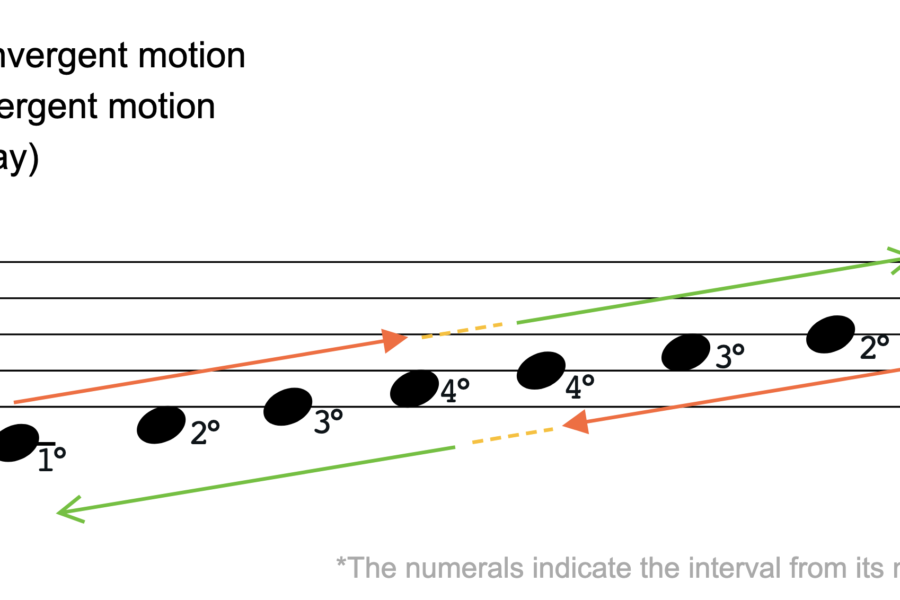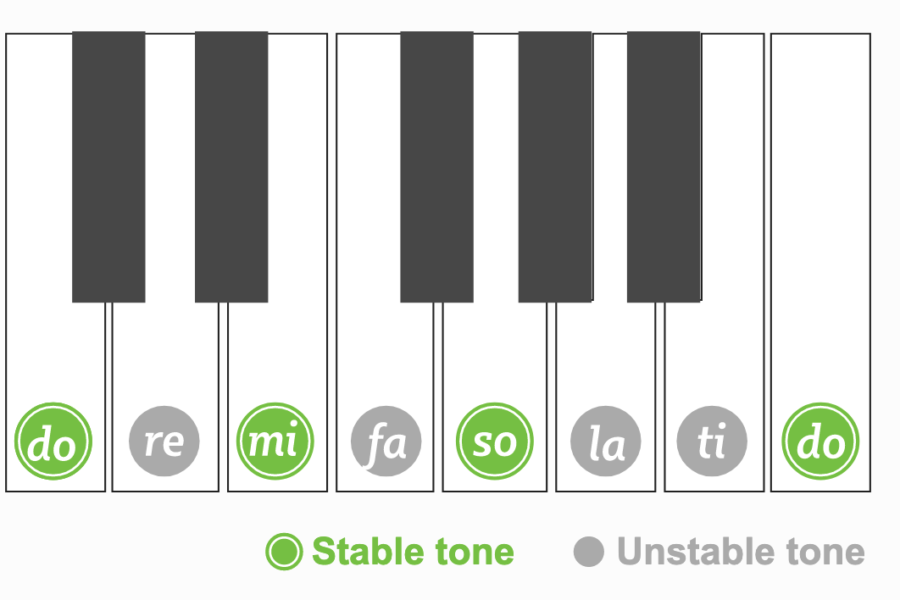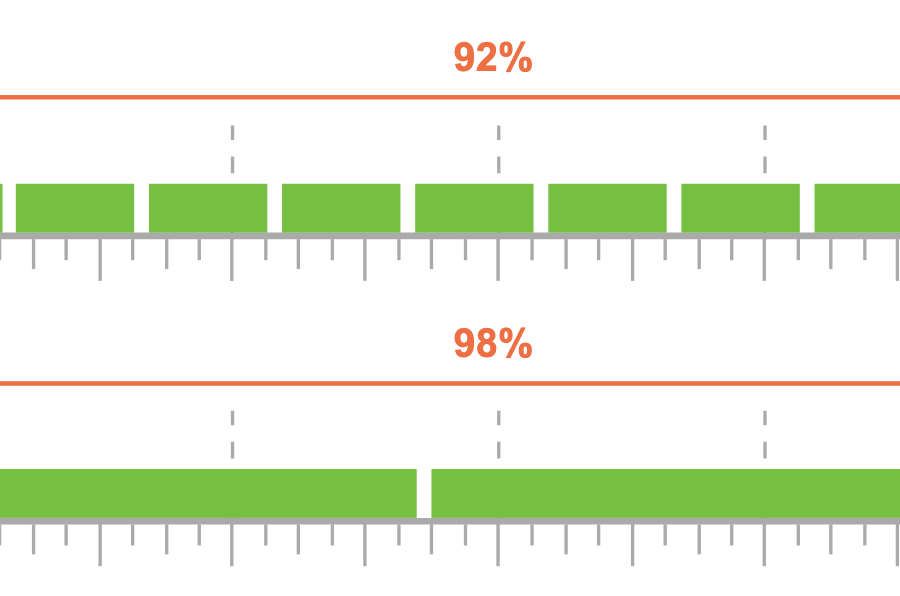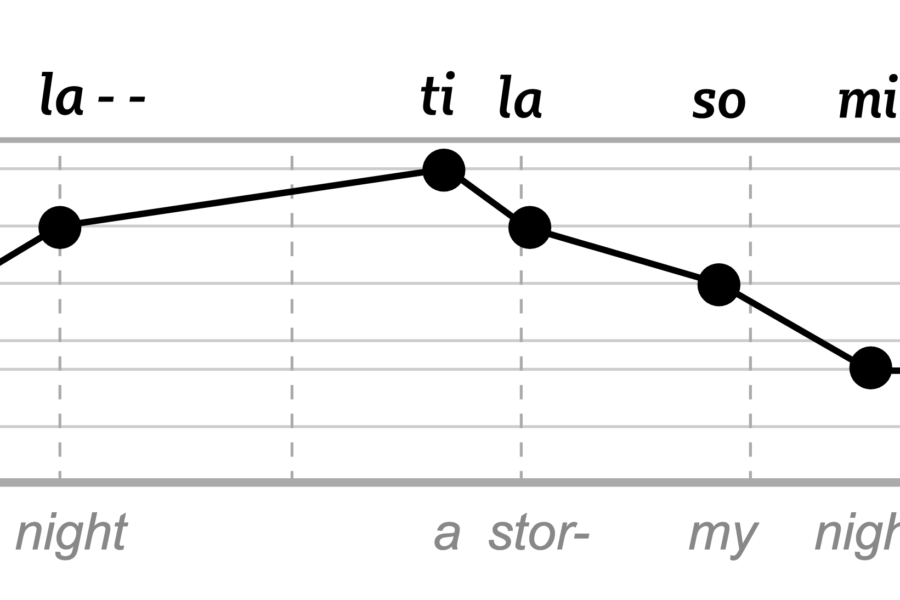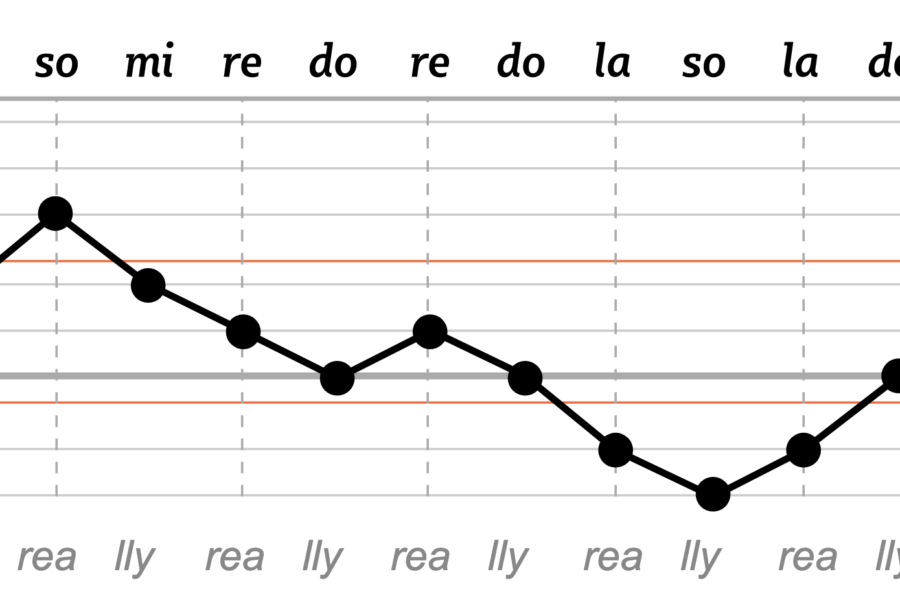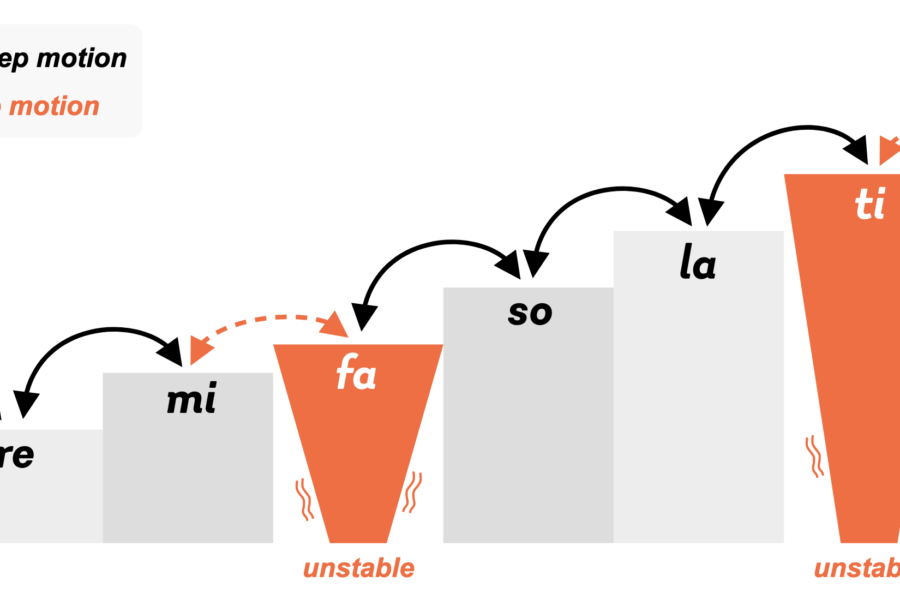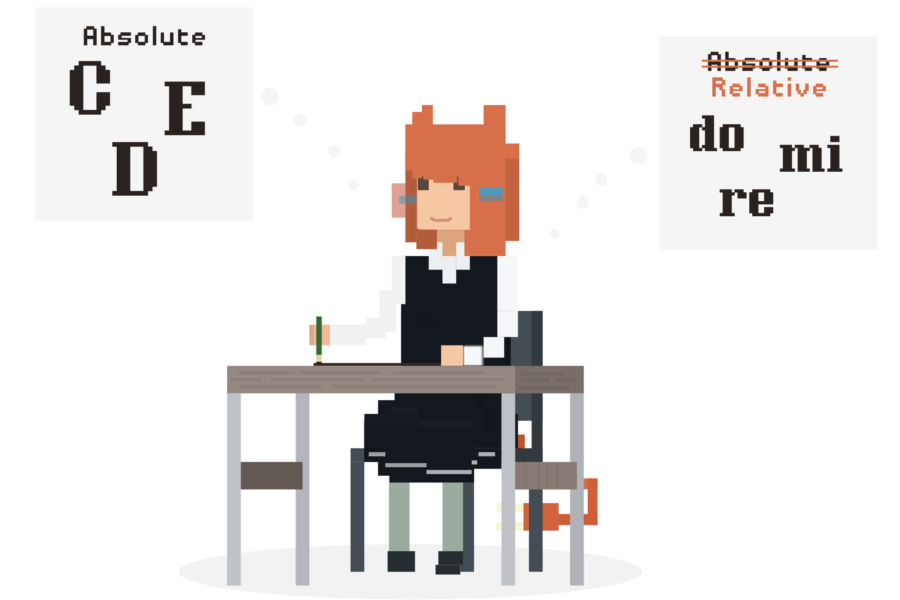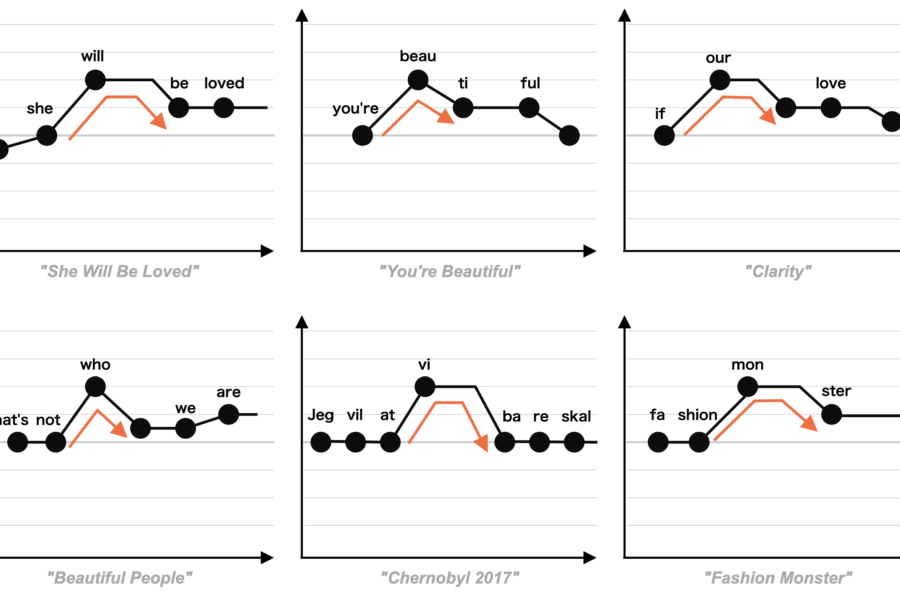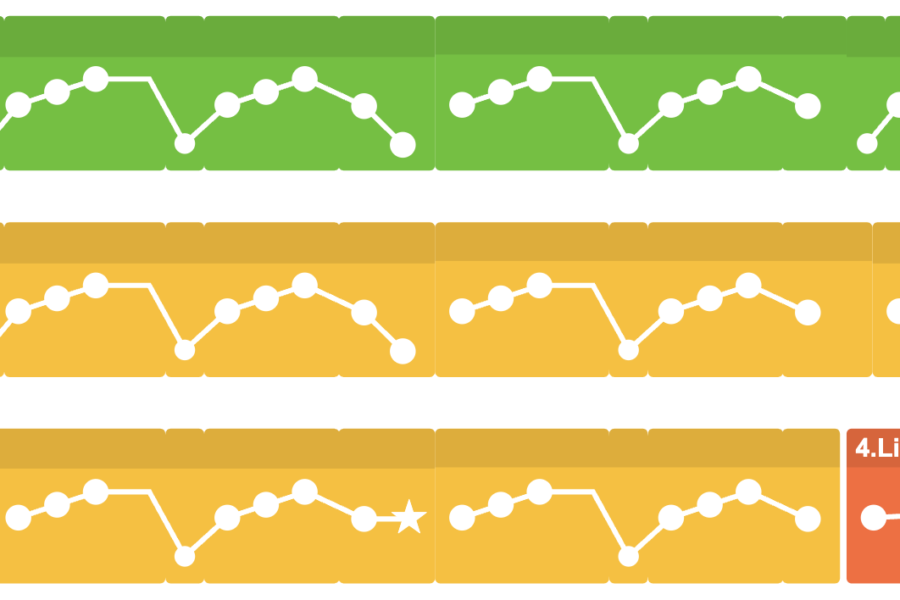1. Kernel Function Now that you've learned tone tendencies and resolution patterns, you're starting to see the mechanism of melody making. The seven tones ------ have distinct characters within a key, unique to each other. Through the chord part you'll learn that chords also have "roles" in a key. So do melodies; is the boss of the key, is a…
yutaMay 12, 2024
